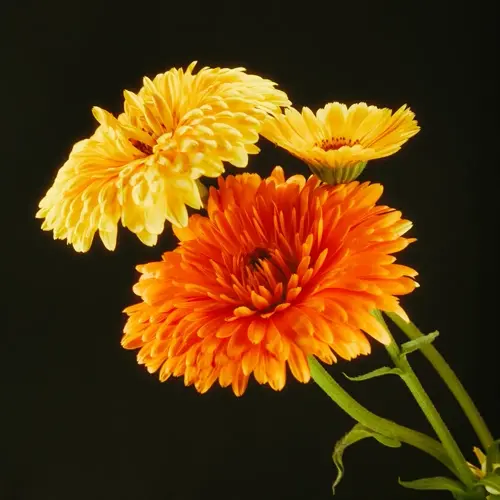Does catnip attract pests?

Written by
Nguyen Minh
Reviewed by
Prof. Charles Hartman, Ph.D.Catnip establishes a complex relationship with pests in the garden, strongly repelling some insects yet attracting others. Pest repellent abilities of this herb come from its very potent nepetalactone oils that keep mosquitoes and rodents at bay. Ironically, the same scented leaves may entice aphids and whiteflies. Understanding this balance better helps utilize formal and sustainable cultural control methods.
Repelled Pests
- Mosquitoes avoid areas with catnip plants
- Rodents dislike the scent and stay away
- Cockroaches are deterred by crushed leaves
Attracted Pests
- Aphids cluster on new growth and buds
- Whiteflies infest indoor plants frequently
- Spider mites appear in dry conditions
Organic Controls
- Plant lavender nearby for aphid control
- Apply neem oil sprays every 7-10 days
- Introduce ladybugs for natural predation
Avoid infestations by utilizing strategic companion planting. Plant catnip close to lavender or rosemary to disguise the scent of catnip and deter aphids. The strong scent of these plants will cover or shroud the smell of catnip that attracts these unwanted pests. Maintaining airflow between plants will help prevent the establishment of whitefly families.
Use treatments such as neem oil at the first signs of trouble. Mix 30ml of oil in 1 liter of water, and spray only the underside of the leaves. Repeat weekly until pests are gone. Avoid using chemical pesticides, as they are harmful to beneficial insects and decrease the concentration of essential oils in catnip.
You may promote natural predators in sustainable pest control. Ladybugs, for instance, can eat hundreds of aphids daily. You can plant dill or fennel to attract ladybugs. You can also keep a portfolio of diverse gardens where beneficial insects will flourish. By growing and attracting beneficial natural enemies, you can promote healthy ecosystems that help offset pest outbreaks.
Read the full article: How to Grow Catnip: The Complete Guide

